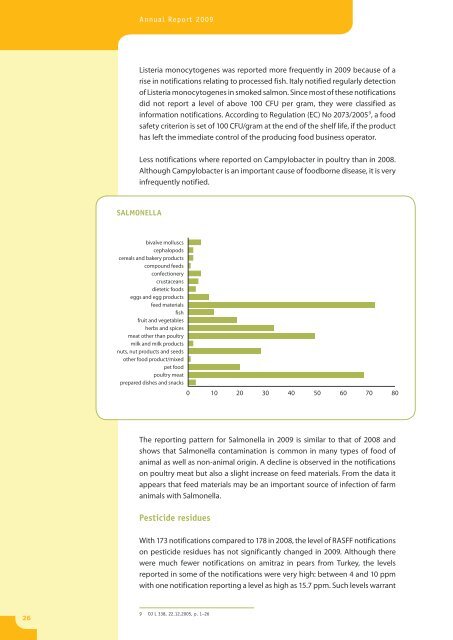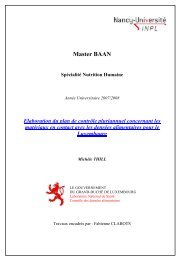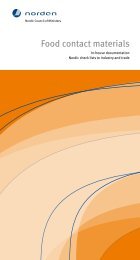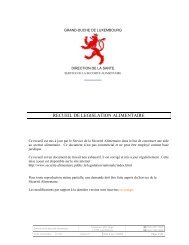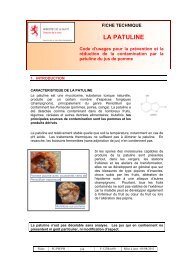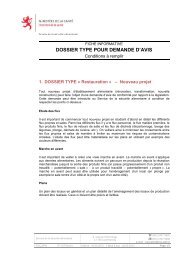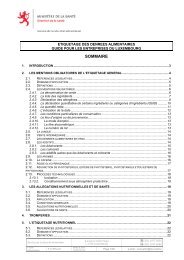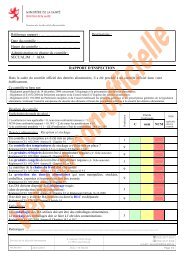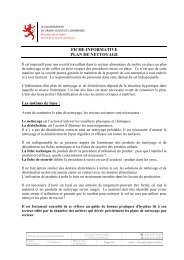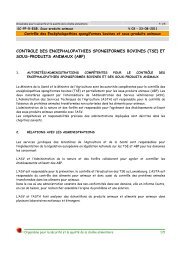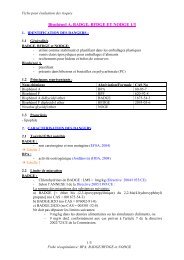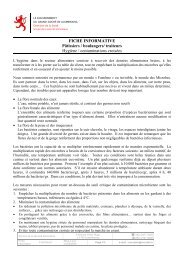(RASFF) Annual Report 2009 - European Commission - Europa
(RASFF) Annual Report 2009 - European Commission - Europa
(RASFF) Annual Report 2009 - European Commission - Europa
You also want an ePaper? Increase the reach of your titles
YUMPU automatically turns print PDFs into web optimized ePapers that Google loves.
<strong>Annual</strong> <strong>Report</strong> <strong>2009</strong><br />
Listeria monocytogenes was reported more frequently in <strong>2009</strong> because of a<br />
rise in notifications relating to processed fish. Italy notified regularly detection<br />
of Listeria monocytogenes in smoked salmon. Since most of these notifications<br />
did not report a level of above 100 CFU per gram, they were classified as<br />
information notifications. According to Regulation (EC) No 2073/2005 9 , a food<br />
safety criterion is set of 100 CFU/gram at the end of the shelf life, if the product<br />
has left the immediate control of the producing food business operator.<br />
Less notifications where reported on Campylobacter in poultry than in 2008.<br />
Although Campylobacter is an important cause of foodborne disease, it is very<br />
infrequently notified.<br />
SALMONELLA<br />
bivalve molluscs<br />
cephalopods<br />
cereals and bakery products<br />
compound feeds<br />
confectionery<br />
crustaceans<br />
dietetic foods<br />
eggs and egg products<br />
feed materials<br />
fish<br />
fruit and vegetables<br />
herbs and spices<br />
meat other than poultry<br />
milk and milk products<br />
nuts, nut products and seeds<br />
other food product/mixed<br />
pet food<br />
poultry meat<br />
prepared dishes and snacks<br />
0 10 20 30 40 50 60 70 80<br />
The reporting pattern for Salmonella in <strong>2009</strong> is similar to that of 2008 and<br />
shows that Salmonella contamination is common in many types of food of<br />
animal as well as non-animal origin. A decline is observed in the notifications<br />
on poultry meat but also a slight increase on feed materials. From the data it<br />
appears that feed materials may be an important source of infection of farm<br />
animals with Salmonella.<br />
Pesticide residues<br />
With 173 notifications compared to 178 in 2008, the level of <strong>RASFF</strong> notifications<br />
on pesticide residues has not significantly changed in <strong>2009</strong>. Although there<br />
were much fewer notifications on amitraz in pears from Turkey, the levels<br />
reported in some of the notifications were very high: between 4 and 10 ppm<br />
with one notification reporting a level as high as 15.7 ppm. Such levels warrant<br />
26<br />
9 OJ L 338, 22.12.2005, p. 1–26


